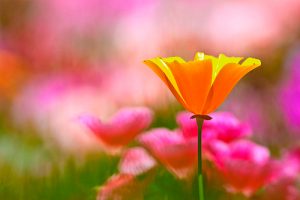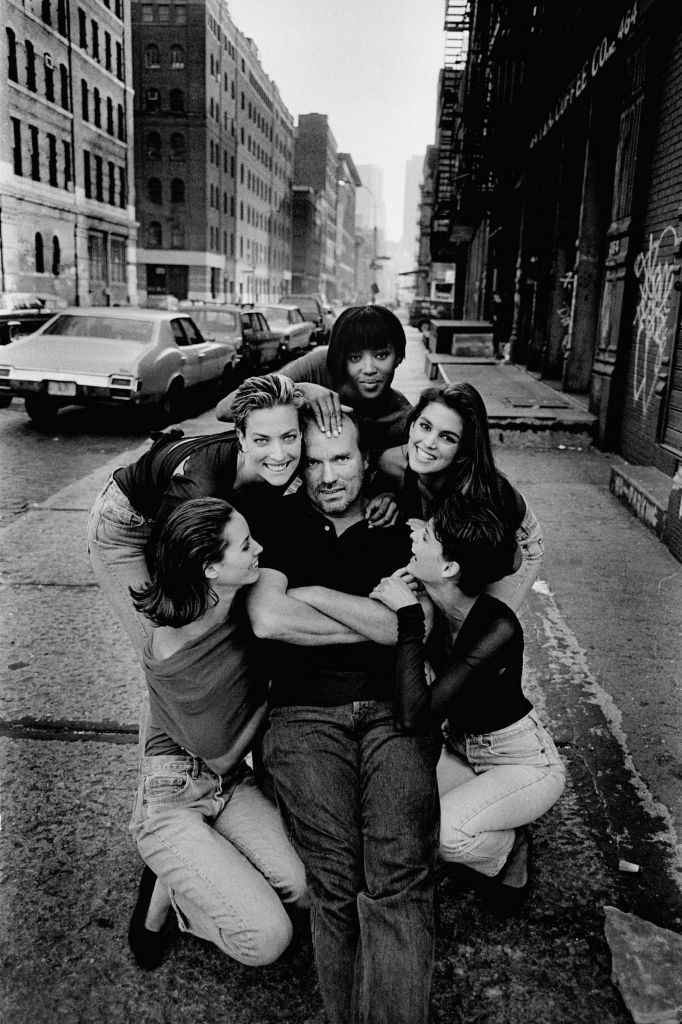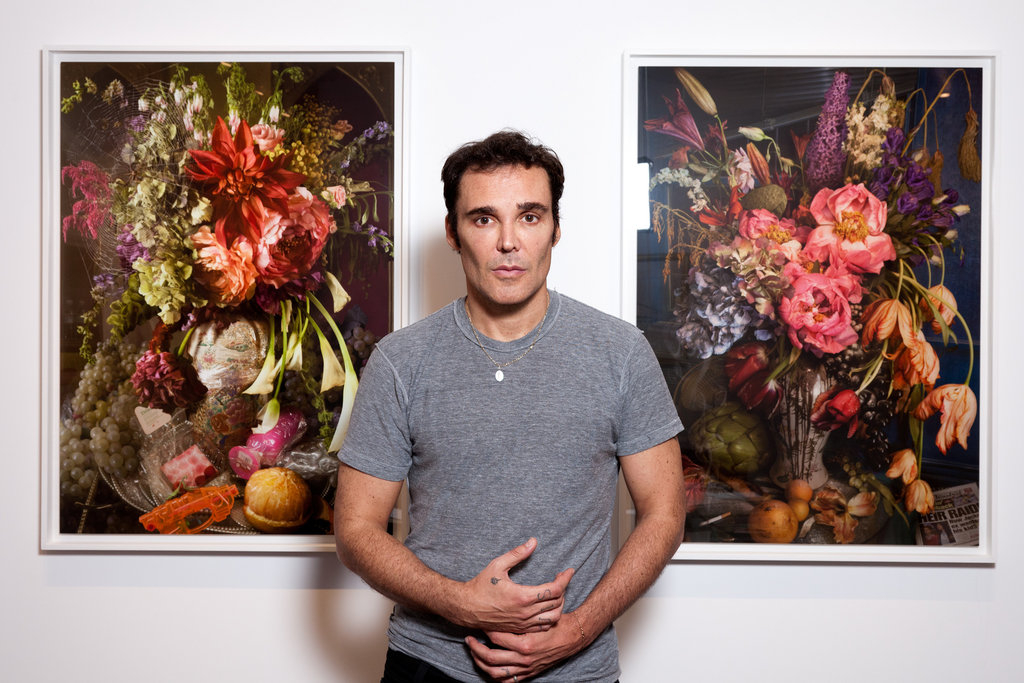2 TIPS FOR GETTING THE BEST FLOWER PICTURES
 Photographing flowers is probably the most popular form of photography in amateur photography. But very often the pictures obtained after the photo shoot are a disappointment, because for the photographer, the difference between what the person saw, what he imagined in the end and what the results were is too obvious. In this article we will tell you how to photograph flowers so that your photos are the best.
Photographing flowers is probably the most popular form of photography in amateur photography. But very often the pictures obtained after the photo shoot are a disappointment, because for the photographer, the difference between what the person saw, what he imagined in the end and what the results were is too obvious. In this article we will tell you how to photograph flowers so that your photos are the best.
This article should give a general idea of what you can do to get photos of flowers that all friends will envy. But we believe that you already know how your camera works, and figured out the settings. Having mastered the following 10 steps, you can take photos of flowers each time better and better. So let’s get started!
It is well known that one of the most important elements in photographing is exposure (whatever it means to you), and that windy days are not the best for taking flowers, unless of course the photographer is faced with the task of getting some special effects.
Taking pictures with a thin layer of clouds softens the light from the sun, but sometimes when the weather does not allow, you can use a diffuser to control the contrast of the image and really get better colors than under direct rays.
Surely you could hear from advanced photographers that you need a tripod to shoot flowers. It is worth skepticizing this statement, because a tripod may be needed for shooting only occasionally. Most of my flower photographs are a good example of how a decent result can be achieved without a tripod. Remember that rules do not always have to be followed. In the end, photography is creativity.
Well, then, when the basic rules are established, it’s time to move on to the nuances.
1. Compact cameras are great
The first thing people tell me when they see my photos of flowers is that it is only because of my camera that the pictures are so good. They are wrong. No need to purchase large professional cameras to take good color photographs.
I photographed flowers for my collection for everyone: from full-frame DSLRs to compact cameras. Let me remind you the following: despite the fact that I prefer DSLRs, this is only a mechanism that does not mean anything, the most important thing is the photographer.
Compact cameras are good for photographing colors, because some of them can focus from such a small distance that you can only shoot if you spend money on a DSLR camera and a macro lens.
Compact cameras are good for photographing colors, because some of them can focus from such a small distance that you can only shoot if you spend money on a DSLR camera and a macro lens.
I always carry a small compact camera in my pocket. Most modern compacts can focus on objects that are literally a couple of centimeters from the lens. Sometimes I take a Micro 4/3 format camera, and that never stops me from getting the quality pictures I want. You just need to get used to the tool that is now in your hands, because your best camera is always the one you have at the moment!
In the picture above is a California poppy that grew at a crossroads and was photographed with a cheap compact camera. I just stopped the car at the side of the road and began to photograph surprisingly all the drivers passing by who saw me lying on the ground. I did this only because I wanted to take a picture that would be different from what most people take.
2. Get on your knees
One of the most important things to remember is to change your point of view, i.e. camera angle. Since I often visit squares and other places with flowers, I see how almost all lovers of flower photography just approach the flower, look down, take pictures and move on. This is very wrong!
Having knelt down, you can get a completely different shooting point, unusual for a flower photo, which allows you to open new horizons in this type of photographing.
Having knelt down, you can get a completely different shooting point, unusual for a flower photo, which allows you to open new horizons in this type of photographing.
To really photograph flowers well, it’s not enough to just walk up, take a picture and leave. Try to sit down at the flower level and look at it. When you sit and look, you will find more than a photographer accidentally running past. You will learn to truly see.
(to be continued)




